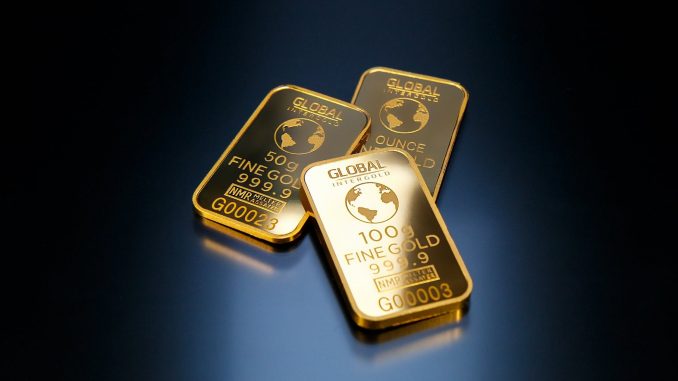
Since the beginning of February, there has been a steady meltdown in stocks, bonds and even cryptocurrencies. The amazing thing is that no one can agree on why all these markets crumbled together so fast. Despite the losses and the volatility, any investor whose positions themselves correctly can get huge rewards. There is always a point that analysts agree on when there is a lot of drama in the markets. Not this time around. There is no convergence of ideas to explain the current mayhem and opinions are all over the place. So far, two contradictory story lines are emerging
The first is that good days are here: Things have been good for the past three quarters where trends of good days have manifested. The GDP has grown from 3.1% to 3.2 and 2.6% wince the recession. The Atlanta Federal Reserve Bank has forecasted a growth rate of 5.4% in 2019. This growth trend is expected to be further nurtured by President Trump’s tax cuts. Unemployment is at a 17-year low of 4.1% but this means inflation will return with a vengeance. The prospect if high inflation will cause real interest rates to go up. This is to be expected due to the fact that when the economy gets stronger, inflation goes higher. The stock market may correct itself to make up for the rising inflation and will resume its rally that started 2009.
The bottom line about the first storyline is that it expects a stronger growth, an improvement of the fiscal position because of higher tax collection, higher interest rates and a stronger stock market price over time.
The second scenario or storyline is less optimistic than the ‘good days’ scenario. Take for instance, the employment record. The 2.9% year-on-year average earning per hour is impressive, but what analysts did not highlight is the fact that it nominal growth, it’s not real. To get hourly earnings gains, you need to deduct about 2% for consumer inflation, which mean real gain is only 0.9%. This is less than the real gains associated with a strong economic growth.
All the forces – weak markets, weak economic growth, Fed tightening point to interest rate hikes by June. When the Fed increases interest rates, it weakens the Dollar and punched commodity prices higher.
The two economic scenarios have a couple of implications:
We can expect the commodity prices to go up in 2019. This means the price of gold will go up this year. If the Fed continues on its path of increasing rates, then commodities will continue to rally. If the Fed decides to pause the rate hike in March it will ease the weakening of the dollar. However if the economy strengthens inflation will increase. The high inflation combined with overall economy of the US will cause a decrease in the confidence in the Dollar being a store of value. This is basically what happened in between 1970 and 1980 before Ronald Reagan, James Baked and Paul Volcker launched a rescue for the dollar.
When all has been said and done the US economic performance, the strength of the dollar affected by what the Fed does will determine how far commodity prices like gold will keep rallying.
Sources:
- http://www.usfunds.com/investor-library/frank-talk/gold-mining-stocks-are-surging-on-global-economic-fears/#.XKT8u6jRZoM
- https://www.fool.com/knowledge-center/how-do-gold-prices-affect-the-economy.aspx